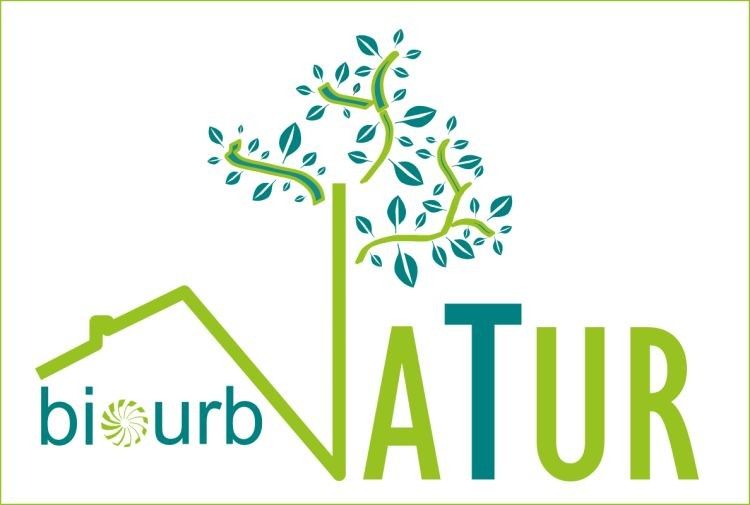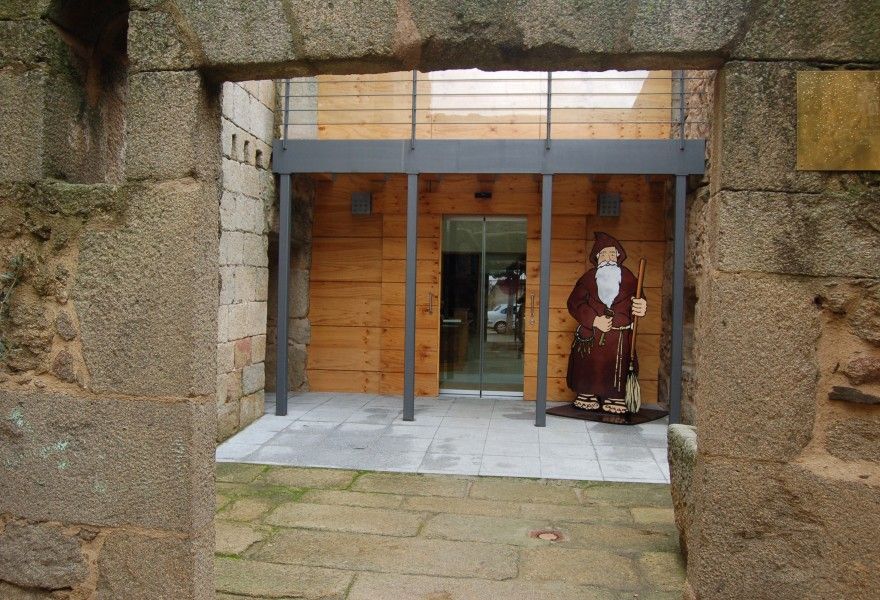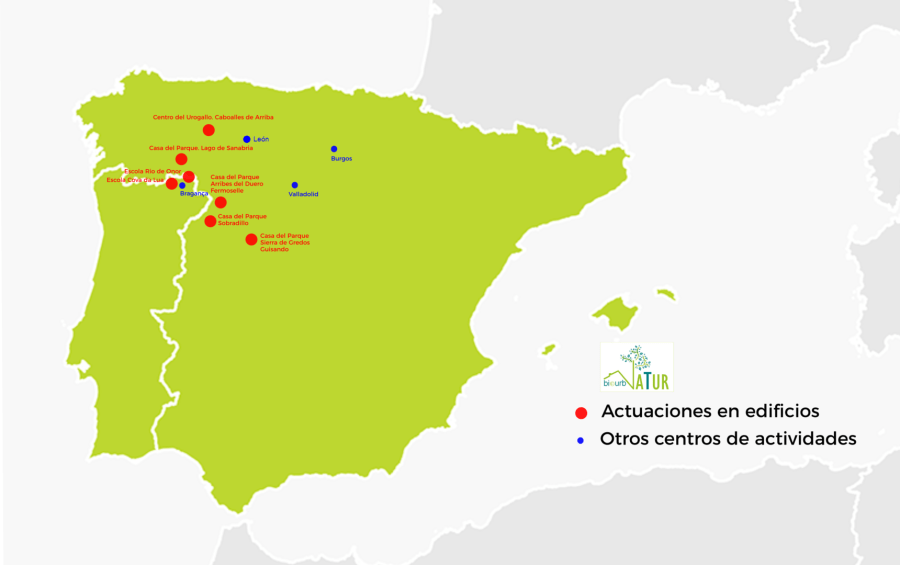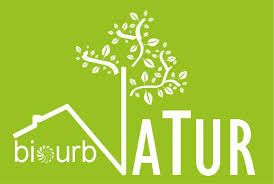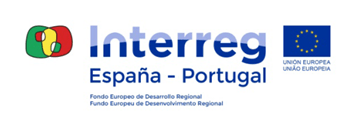The consortium team of the project “Biobuilding diversity, bioclimatic architecture, sustainable rehabilitation and its application in natural areas” held a meeting in the House of Park Arribes del Duero in Fermoselle (Zamora) on the last 2nd of August.
The BIOURB NATUR project is mainly aimed to extend the use of bio-building solutions in energetic and constructive rehabilitations of non-residential buildings in natural areas, to train the cross-border construction sector in the new opportunities of sustainable building, to promote energy and environmental sustainability in buildings as a technical-scientific tourist attraction in natural areas and to reactivate the use of buildings in these cross-border natural areas. This project is co-financed by the programme of cooperation INTERREG V-A Spain-Portugal (POCTEP) 2014-2020 and will run until December 2019.
Representatives of all the partners attended the meeting with the presence of the Regional Energy Agency of Castilla y León (EREN, Main Beneficiary) Polytechnic Institute of Bragança (IPB), CIDAUT Foundation, Natural Heritage Foundation of Castilla y León (FPNCYL), Construction Institute of Castilla y León (ICCL) and the Municipality of Bragança.
The main objective of the meeting was the technical review of the progress in technical activities, as well as communication and project coordination activities.
Activity 1, in which CIDAUT participates, is ongoing and corresponds to the characterization of the buildings and their surrounding environment; it includes, among other information, data about the current conditions of buildings and their energy consumption.
Within Activity 2, CIDAUT has developed a methodology aimed to determine energy savings of different bioclimatic solutions (Sunspaces, Trombe walls or Canadian wells) when it is applied to tertiary buildings. Results are shown at the SCB Cal-02 tool, available to users on the project website.
Activity 3, which is also ongoing, consists of the physical implementation of several bioclimatic solutions in eight specific buildings, five of them located in natural parks in Castilla y León (Spain) and the other three located in Montesinho Natural Park (Bragança, Portugal). Results will be monitored by CIDAUT in some of them.
Finally, the Communication Activity includes the project web development, handbooks, video images, briefings and technical sessions in order to train building professionals about the implementation of bioclimatic solutions. It was agreed that it will be carried out throughout the project.
Tags: BIOURB NATUR, bioclimatic architecture, sustainable building, POCTEP
